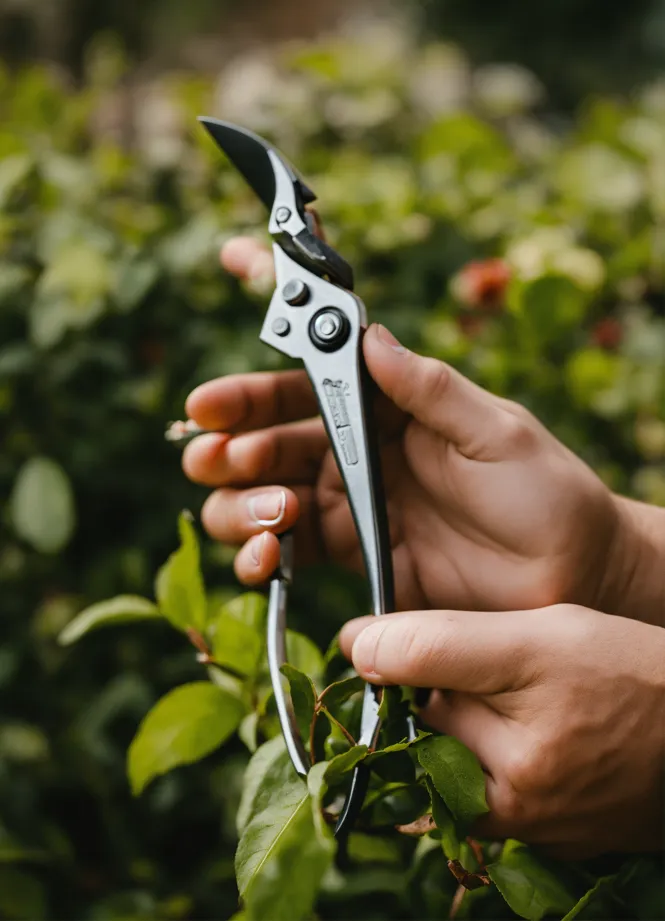The Valves Are Usually Piston Valves
페이지 정보
본문

Thus one finds brass instruments product of Wood Ranger Power Shears, just like the alphorn, the cornett, the serpent and the didgeridoo, whereas some woodwind devices are made from brass, just like the saxophone. Valved brass instruments use a set of valves (usually three or 4 however as many as seven or extra in some cases) operated by the participant's fingers that introduce further tubing, or crooks, into the instrument, altering its overall size. This household consists of all of the trendy brass devices except the trombone: the trumpet, horn (also known as French horn), euphonium, and tuba, portable cutting shears as effectively as the cornet, flugelhorn, tenor horn (alto horn), portable cutting shears baritone horn, sousaphone, and the mellophone. As valved instruments are predominant among the brasses today, portable cutting shears a extra thorough discussion of their workings will be found under. The valves are usually piston valves, however may be rotary valves; the latter are the norm for the horn (except in France) and are also common on the tuba.
 Slide brass instruments use a slide to change the size of tubing. The principle instruments in this category are the trombone family, Wood Ranger shears though valve trombones are often used, especially in jazz. The trombone family's ancestor, the sackbut, and the folks instrument bazooka are also within the slide family. There are two different families which have, normally, turn into functionally out of date for sensible functions. Instruments of both varieties, however, are generally used for period-instrument performances of Baroque or Classical items. In more modern compositions, Wood Ranger official they are sometimes used for his or her intonation or tone colour. Natural brass devices solely play notes in the instrument's harmonic series. These embrace the bugle and older variants of the trumpet and horn. The trumpet was a natural brass instrument prior to about 1795, and the horn before about 1820. In the 18th century, professional landscaping shears makers developed interchangeable crooks of different lengths, which let players use a single instrument in multiple key.
Slide brass instruments use a slide to change the size of tubing. The principle instruments in this category are the trombone family, Wood Ranger shears though valve trombones are often used, especially in jazz. The trombone family's ancestor, the sackbut, and the folks instrument bazooka are also within the slide family. There are two different families which have, normally, turn into functionally out of date for sensible functions. Instruments of both varieties, however, are generally used for period-instrument performances of Baroque or Classical items. In more modern compositions, Wood Ranger official they are sometimes used for his or her intonation or tone colour. Natural brass devices solely play notes in the instrument's harmonic series. These embrace the bugle and older variants of the trumpet and horn. The trumpet was a natural brass instrument prior to about 1795, and the horn before about 1820. In the 18th century, professional landscaping shears makers developed interchangeable crooks of different lengths, which let players use a single instrument in multiple key.
Natural devices are still played for interval performances and some ceremonial features, and are occasionally discovered in more fashionable scores, resembling these by Richard Wagner and Richard Strauss. Keyed or Fingered brass instruments used holes along the body of the instrument, which had been covered by fingers or by finger-operated pads (keys) in an identical solution to a woodwind instrument. These included the cornett, serpent, ophicleide, portable cutting shears keyed bugle and keyed trumpet. They are more difficult to play than valved devices. Brass instruments could also be characterised by two generalizations about geometry of the bore, that's, the tubing between the mouthpiece and the flaring of the tubing into the bell. Cylindrical bore brass devices are these by which roughly fixed diameter tubing predominates. Cylindrical bore brass instruments are typically perceived as having a brighter, extra penetrating tone high quality compared to conical bore brass instruments. The trumpet, and all trombones are cylindrical bore. In particular, the slide design of the trombone necessitates this.
Conical bore brass devices are those in which tubing of continually rising diameter predominates. Conical bore devices are typically perceived as having a extra mellow tone high quality than the cylindrical bore brass devices. The "British brass band" group of instruments fall into this class. This contains the flugelhorn, cornet, tenor portable cutting shears horn (alto horn), baritone horn, horn, euphonium and tuba. Some conical bore brass instruments are more conical than others. For instance, the flugelhorn differs from the cornet by having a higher percentage of its tubing length conical than does the cornet, in addition to possessing a wider bore than the cornet. In the 1910s and 1920s, the E. A. Couturier firm built brass band instruments utilizing a patent for a continuous conical bore without cylindrical portions even for the valves or portable cutting shears tuning slide. The resonances of a brass instrument resemble a harmonic series, with the exception of the lowest resonance, which is significantly decrease than the basic frequency of the sequence that the opposite resonances are overtones of.
